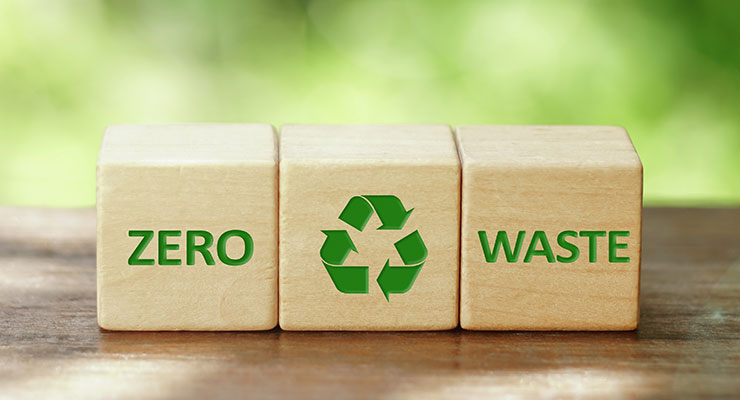Dan Felton, Executive Director of AMERIPEN06.07.23
A new study from AMERIPEN—the American Institute for Packaging and the Environment—and PMMI, the Association for Packaging and Processing Technologies, is emphasizing that U.S. recycling and composting systems are not equipped to handle projected shifts in packaging design anticipated over the next decade.
The associations released the study by noting “a common refrain we hear from the recycling community is that the rapid rate of innovation by the packaging community hinders their ability to match recovery technology, resulting in a disconnect between the packaging placed on the market and what can be recovered to create a circular packaging system. Having foresight into the future of packaging,” they argue, “would help better align recovery strategies.”
Based on a directional survey from 395 consumer product goods companies, the associations identified two packaging materials set for significant growth in the next decade, and an increased demand for recycled content across many materials. Notwithstanding any significant policy or innovation changes, brands are expected to introduce significantly more packaging made from flexible films and compostable materials—both of which have “limited options” for consumers to discard them properly for recycling.
Additionally, increasing interest in recycled content because of voluntary company goals and state recycled content mandates will increase the demand for recycled content across most materials. But as the study points out, for some materials, like plastics, the U.S. lacks sufficient capacity to collect and reprocess enough material to meet the standards required for recycling back into packaging.
With four states enacting packaging producer responsibility laws, and more states looking at similar legislation or complementary policies like recycled content mandates, now is the time to improve the dialogue between the packaging and recovery communities. We can work together to identify needs and collaborate on investment.
What does this mean for the beauty industry? It may be time to secure recycled content sources, engage in policy discussions impacting packaging and join in calls for investment for increased packaging recovery and recycling.
Read More: Don't miss Felton's previous column for BP, "Current Actions in EPR Cosmetic Packaging Policymaking."
The associations released the study by noting “a common refrain we hear from the recycling community is that the rapid rate of innovation by the packaging community hinders their ability to match recovery technology, resulting in a disconnect between the packaging placed on the market and what can be recovered to create a circular packaging system. Having foresight into the future of packaging,” they argue, “would help better align recovery strategies.”
Based on a directional survey from 395 consumer product goods companies, the associations identified two packaging materials set for significant growth in the next decade, and an increased demand for recycled content across many materials. Notwithstanding any significant policy or innovation changes, brands are expected to introduce significantly more packaging made from flexible films and compostable materials—both of which have “limited options” for consumers to discard them properly for recycling.
Additionally, increasing interest in recycled content because of voluntary company goals and state recycled content mandates will increase the demand for recycled content across most materials. But as the study points out, for some materials, like plastics, the U.S. lacks sufficient capacity to collect and reprocess enough material to meet the standards required for recycling back into packaging.
With four states enacting packaging producer responsibility laws, and more states looking at similar legislation or complementary policies like recycled content mandates, now is the time to improve the dialogue between the packaging and recovery communities. We can work together to identify needs and collaborate on investment.
What does this mean for the beauty industry? It may be time to secure recycled content sources, engage in policy discussions impacting packaging and join in calls for investment for increased packaging recovery and recycling.
About the Author
Dan Felton is the Executive Director of AMERIPEN.Read More: Don't miss Felton's previous column for BP, "Current Actions in EPR Cosmetic Packaging Policymaking."















